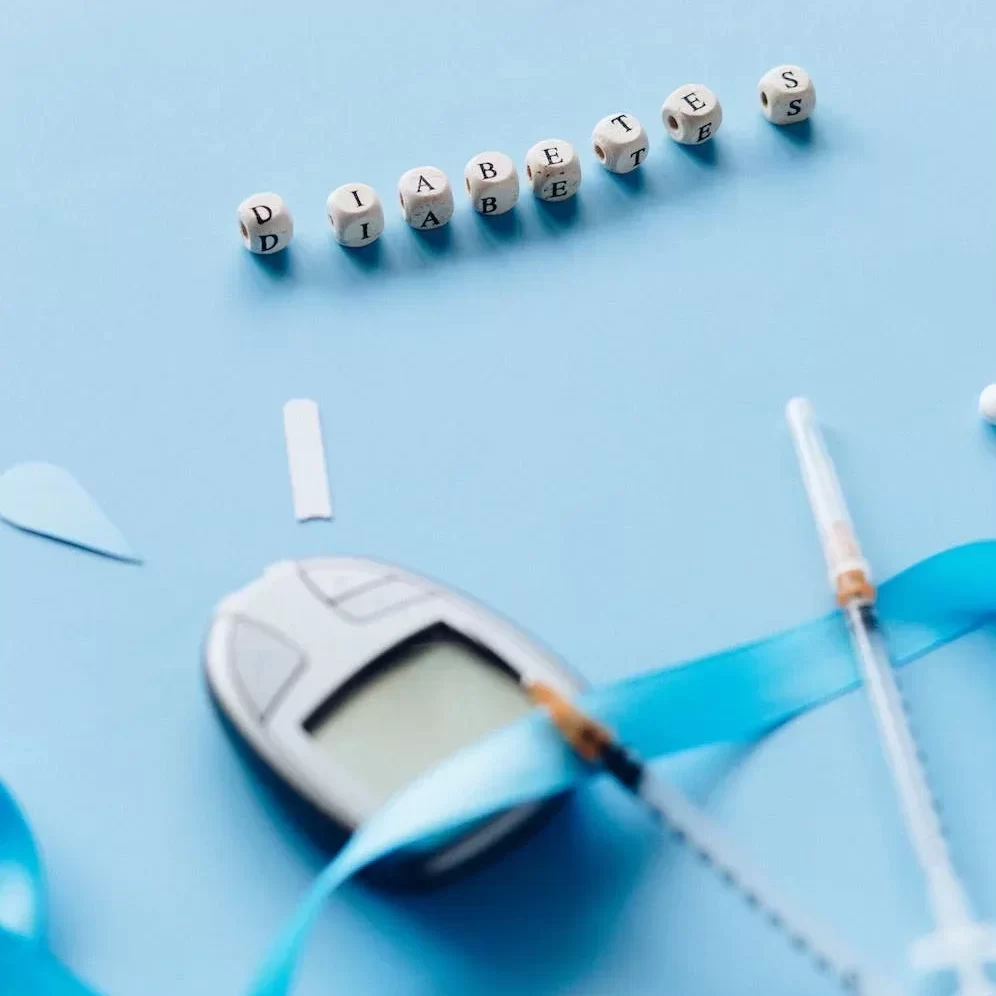In the United States, 37.2 million adults, or 11.3% of the whole US population, have diabetes. This means about every 10 adults you meet, 1 will have diabetes. An even scarier fact: 96 million, or 1 in 3 adults, have pre-diabetes1.
With so many people affected by this disease, you’d think that the US government and healthcare system would have measures into place to prevent diabetes and/or aid diabetics. However, it’s become glaringly obvious in recent years that the efforts made have been nowhere near enough.
What is it?
Diabetes is a condition that occurs when there are high levels of glucose in the bloodstream.
Types of Diabetes
- Type 1: pancreas makes little to no insulin, incurable and life-long condition, usually develops in children
- Type 2: body doesn’t process insulin correctly, most common type, usually among 45 years and older
- Gestational: not enough insulin, during pregnancy
- Pre-diabetes: blood sugar levels high (but not as high as type 2), reversible condition
People with type 1 diabetes and sometimes type 2 diabetics require insulin shots to survive. These injections prevent complications of diabetic symptoms. Usually, 2-3 vials of insulin are used in a month2.
Types of Diabetes
In 2018, one vial of insulin averaged $98.70 in the US. Compared with other rich, first-world countries such as Japan, Canada, Germany, France, the UK, and Australia, insulin is 90 times more expensive in the US3.
Insured Americans who need insulin spend, on minimum, more than $300 a month to maintain their health. On the other hand, those without little to no insurance pay more than $1000 a month on retail insulin products4.
In March, the Biden administration passed a bill to cap insulin prices at $355. However, this only benefits those insured under Medicare, which leaves the question to be asked: what happens to the millions of Americans who are uninsured or under private insurance?
The inaccessibility of insulin is more than an inconvenience to diabetics; It is dangerous and oftentimes life-threatening. It is not uncommon to hear about diabetics rationing their insulin intake or even illegally purchasing insulin from other countries.
The Solution
So, what needs to be done to fix this issue?
The best answer: the US government must regulate the price of insulin.
Unlike many countries, the US allows drug prices to be set according to private drug manufacturers, which means they fluctuate according to the demands of the market. If the trend of having diabetes continues as predicted, then said market will need insulin more than ever.
Insulin must be affordable for every American because no one deserves to worry if they have enough money to survive another month.
Citations
1. By the Numbers: Diabetes in America. Centers for Disease Control and Prevention. https://www.cdc.gov/diabetes/health-equity/diabetes-by-the-numbers.html. Updated October 25, 2022. Accessed May 20, 2023.
2. Insulin Basics. American Diabetes Association. https://diabetes.org/healthy-living/medication-treatments/insulin-other-injectables/insulin-basics. Accessed May 20, 2023.
3. Doug Irving. The Astronomical Price of Insulin Hurts American Families. Rand Corporation. https://www.rand.org/blog/rand-review/2021/01/the-astronomical-price-of-insulin-hurts-american-families.html. Published January 6, 2021. Accessed May 20, 2023.
4. Irl BH. Insulin pricing in the USA: the saga continues. The Lancet. https://www.thelancet.com/journals/landia/article/PIIS2213-8587(22)00251-0/fulltext. Published September 1, 2022. Accessed May 20, 2023.
5. FACT SHEET: President Biden’s Cap on the Cost of Insulin Could Benefit Millions of Americans in All 50 States. The White House. https://www.whitehouse.gov/briefing-room/statements-releases/2023/03/02/fact-sheet-president-bidens-cap-on-the-cost-of-insulin-could-benefit-millions-of-americans-in-all-50-states/. Published March 2, 2023. Accessed May 20, 2023.


Comments
One response to “The Dangerous Reality of Having Diabetes in the US”
[…] Glucose, the body’s main fuel for energy. Carbohydrates and proteins are broken down into glucose, which is then fed into metabolic pathways to create ATP or stored for later use. High blood glucose levels, or hyperglycemia, can be a sign of diabetes. Read this article to learn more about diabetes and insulin in the US. […]